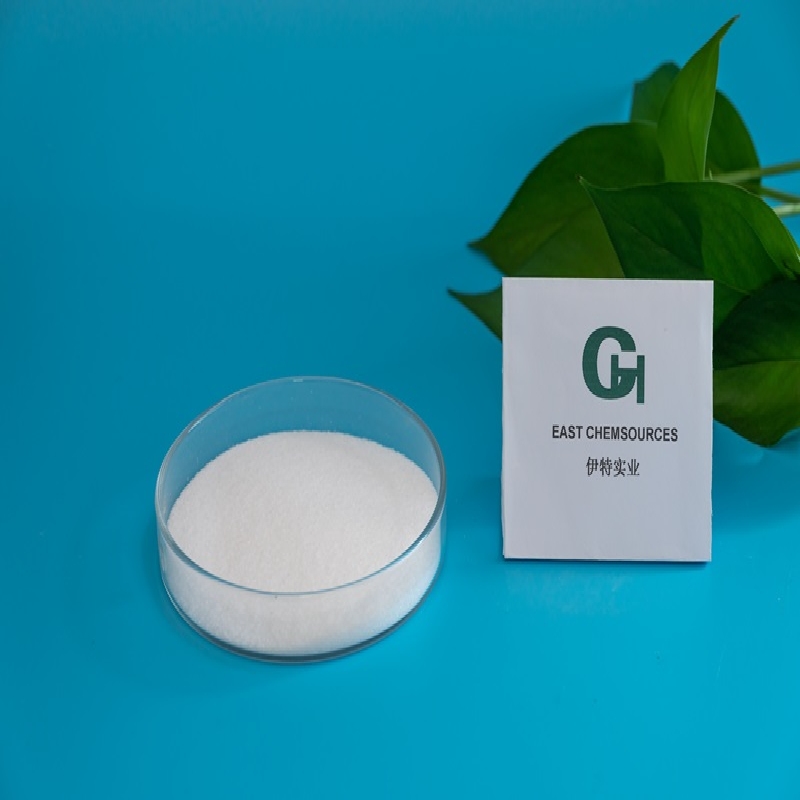-
Categories
-
Pharmaceutical Intermediates
-
Active Pharmaceutical Ingredients
-
Food Additives
- Industrial Coatings
- Agrochemicals
- Dyes and Pigments
- Surfactant
- Flavors and Fragrances
- Chemical Reagents
- Catalyst and Auxiliary
- Natural Products
- Inorganic Chemistry
-
Organic Chemistry
-
Biochemical Engineering
- Analytical Chemistry
- Cosmetic Ingredient
-
Pharmaceutical Intermediates
Promotion
ECHEMI Mall
Wholesale
Weekly Price
Exhibition
News
-
Trade Service
Anti-tumor necrotitis (anti-TNFs) is widely used to treat ulcerative colitis (UC).
, many patients lose their drug response in the first year of treatment.
, early predictive indicators of clinical remission and mucosal healing are urgently needed in clinical work.
The ratio of neutral granulocytes to lymphocytes (NLR) and plateplate to lymphocytes (PLR) is currently known to be a combination of inflammatory indicators that have not been taken seriously in UC patients treated with anti-TNF.
, the purpose of this study is to assess whether NLR and PLR can be used as prognostic indicators against TNF therapy responses.
researchers evaluated UC patients who started anti-TNF therapy, excluding 20 mg of patients who received ≥ corticosteroid therapy.
researchers calculated levels of NLR, PLR, and fecal calcitonin in pre-treatment and induced patients.
used the Mann-Whitney U test to associate NLR and PLR values with clinical remission and mucosal healing at the end of follow-up (54 weeks), followed by a multivariating analysis.
study included 88 patients.
baseline NLR and PLR were lower in patients who reached mucosal healing after 54 weeks of treatment (P s 0.0001 and P s 0.04, respectively).
obtained similar results in week 8 (P s 0.0001 and P s 0.001, respectively).
patients who showed active ulcers in the baseline endoscope assessment had higher baseline NLR and PLL values (P s 0.002 and P s 0.0007, respectively) than patients who did not find ulcers.
confirms that both NLR and PLR show potential as early predictive indicators of treatment response to anti-TNF therapy in UC patients.
.







